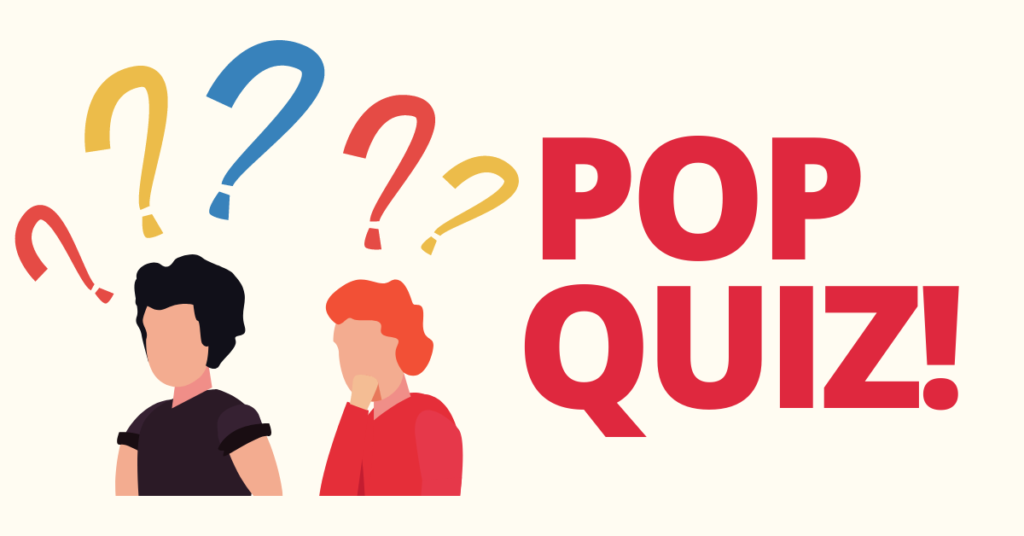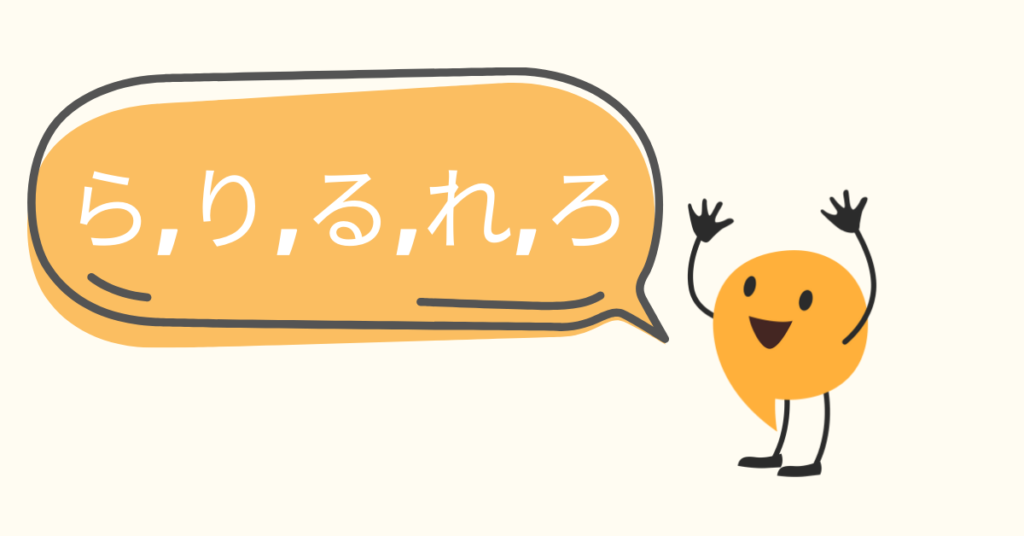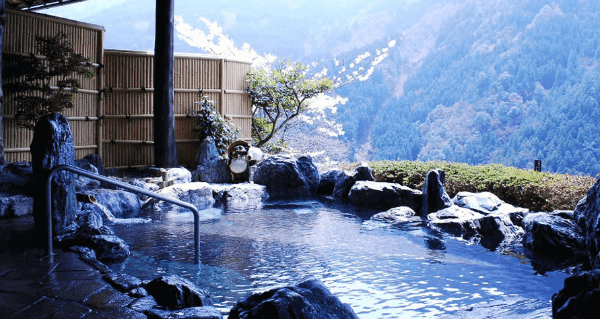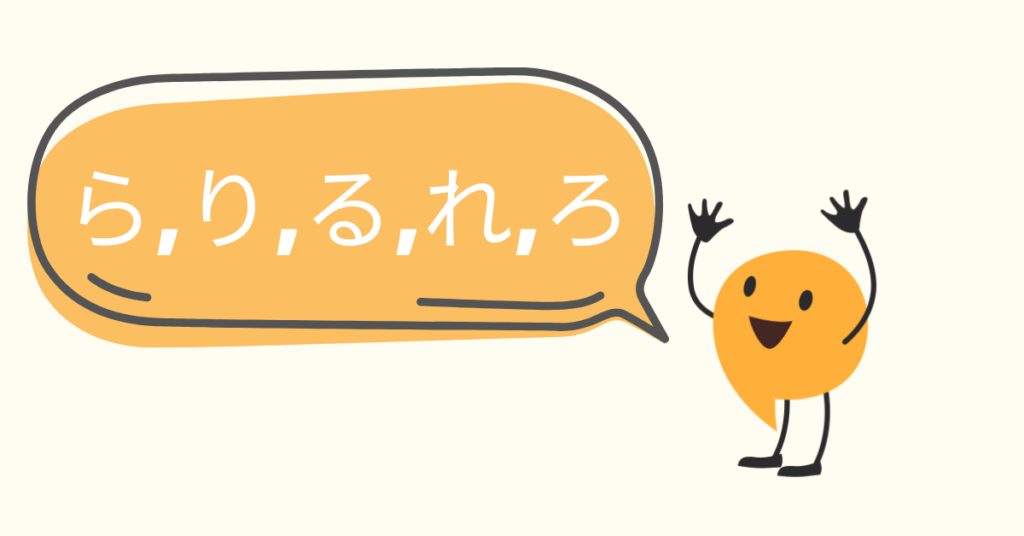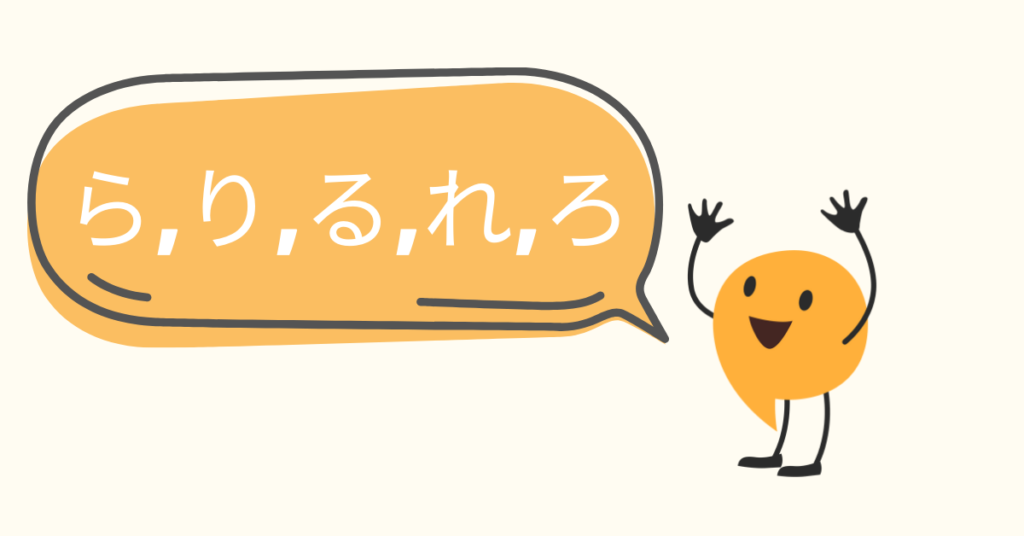Do you want to learn to type written Japanese? Are you looking for apps – websites and other tools that will improve your Japanese writing composition skill?
You may never have the time to master the handwriting of each individual kanji – but thanks to computer input methods – you are now able to compose writing in Japanese without the need of a calligraphy brush.
This week we will share a list of tools that we recommend to our students studying with us at our Japanese language school in Tokyo.
- Question and Answer Sites (HiNative, Quora)
- Community Correction / Notebook Services
- Kanji Writing Apps and PDF Worksheet Workbooks
With computers – it has never been easier to be able to compose writing in Japanese. In the old days – you would need to learn each individual kanji and write it by hand.
But no longer! This has lead to many people being able to learn how to write articles and publish blogs in Japanese without having to have thousands of hours of classroom instruction in writing.
This article is all about how you can type written Japanese – and the tools that we recommend to get feedback on your writing and correction.
Japanese Question and Answer Websites
The first tool that we recommend is Question and Answer sites:
If you have been on the internet recently – you may have heard of the website called Quora or Yahoo answers. These websites specialize in crowdsourcing answers for general questions.
But did you know that Quora has a Japanese language specific section?
Below is a list of Q and A sites with where you can get answers about specific usage of Japanese. And at some of these site syou can even have your Japanese proofed by native speakers.
Hi Native

Hi Native is a platform to connect language learners with native speakers of that language so that they can get corrections on the language that they are learning.
For example – I could type something in Japanese and on Hi Native – A native Japanese speaker can explain to me the correct usage or nuance of the statement that I am trying to make.
Quora: Japanese Learning Section

Quora is the largest question and answer site on the internet and their Japanese language section has around 250,000 followers on it. You can ask questions here and also search for questions similar to yours.
A big warning here is that the people answering the question can often be anonymous and might not be a native speaker. So be careful to check the responses that you get with a native speaker.
italki.com community answers
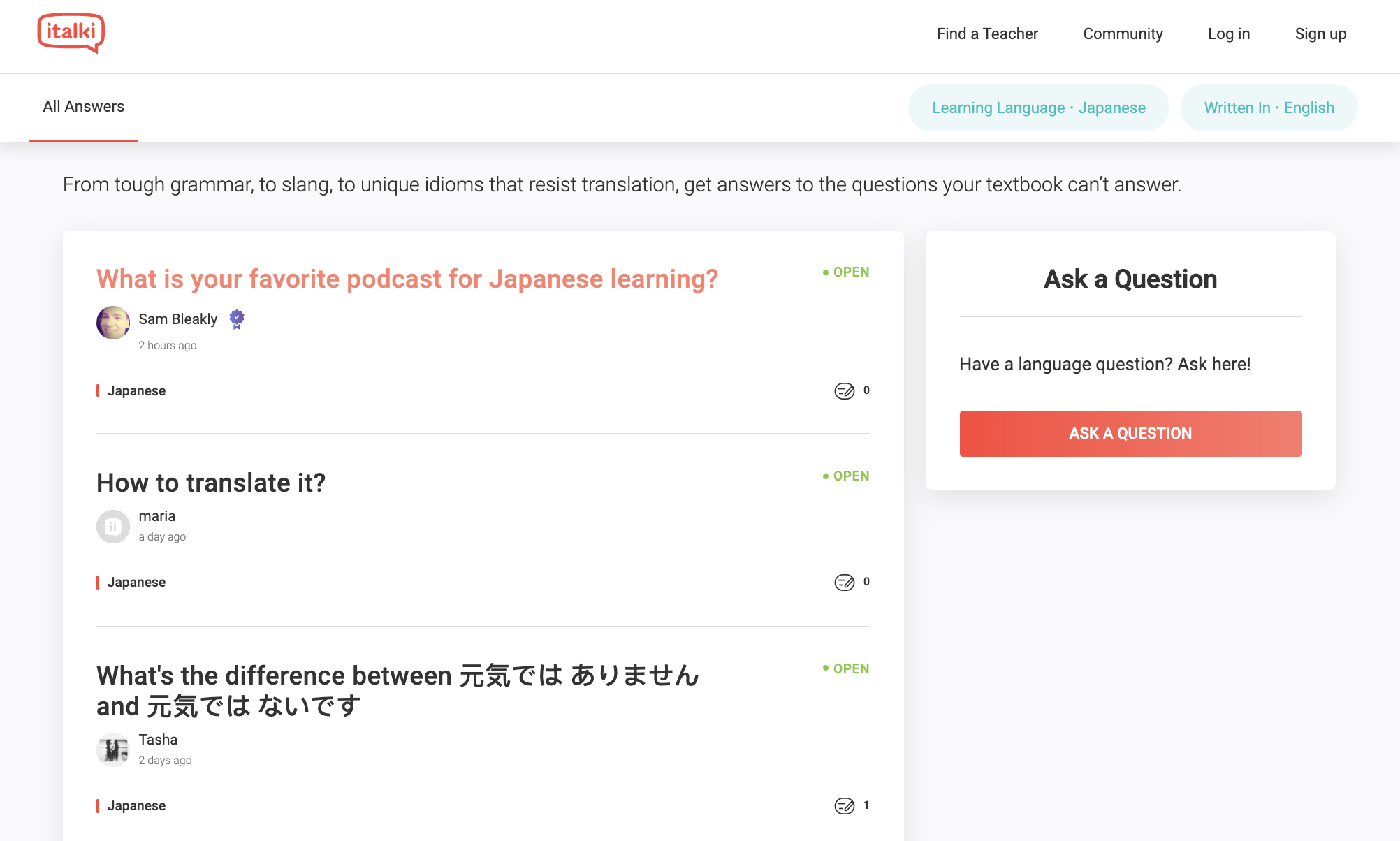
italki.com has a question and answer section that is typically staffed by Japanese teachers that are willing to answer your questions for free! This is a nice tool that you can use.
Community Notebook Tools
There are several websites online that offer a community sourced proofreading solution.
- Hinative
- Italki
On these websites – you have the ability to write something in Japanese and then have it proofread by native speakers where they will offer you the corrections.
This is different from a question and answer tool in the sense that it allows you to have free correction of your writing. This is a powerful and free way to improve your Japanese writing ability.
Kanji Writing Applications / Workbooks
Many people can obtain a very high level of comprehension in Japanese listening, speaking, reading, and typing – without ever actually learning how to write Kanji characters for themselves.
There are several applications that will help you to write in Japanese by learning the stroke order from scratch.
At Coto – we have also begun producing a series of Japanese Kanji writing workbooks that you can download and print for very low cost!




